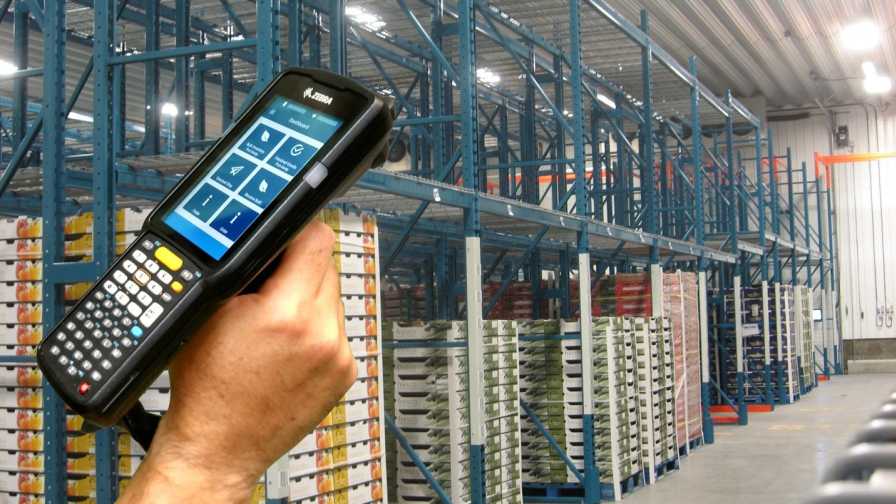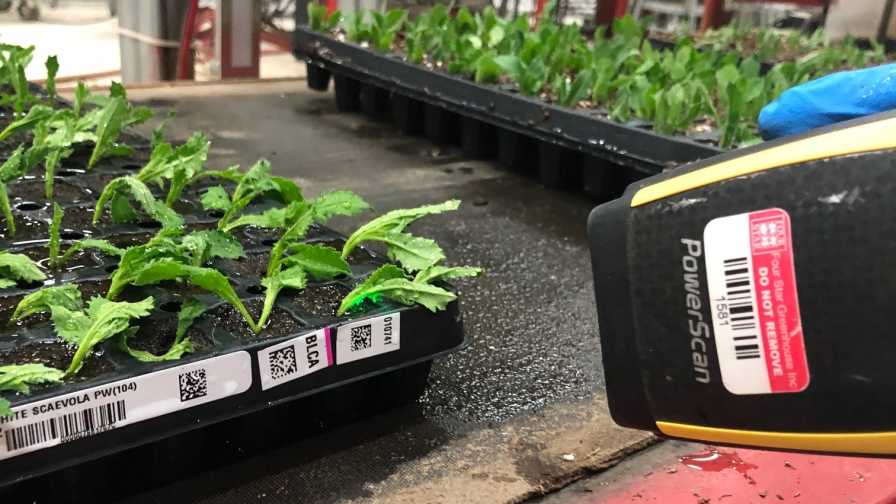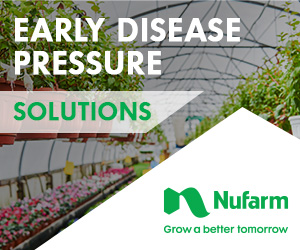Traceback Technology Gaining Ground in the Greenhouse

Redline Solutions’ MyProduce software allows produce growers to meet case traceability labeling need and track which lots went to which customers.
Photo courtesy of Redline Solutions
Choosing the right business software system can make the difference between a greenhouse operation staying organized and efficient or descending into chaos. This becomes even more critical during a time when retailers and consumers alike are demanding to know where the plants they are buying came from, and how they were managed along the way.
Many growers are familiar with software for inventory control, accounting, and other forms of data collection. However, traceability software is also something that continues to evolve. Here’s a closer look at what some of today’s software suppliers are doing to enhance their offerings.
A Wide Assortment of Tools
Redline Solutions has been in the traceability software game for a while. The company’s MyProduce.com cloud-based fresh produce management and traceability system provides grower/shippers with the ability to track source lot(s) as they are packed or repacked and put into cases or bins. It also prints case traceability labels and pallet tags for outbound shipments.
“The Print, Pack, Ship (PPS) version is ideal for growers needing Produce Traceability Initiative (PTI) compliance case labels with traceability,” says Todd Baggett, CEO of Redline Solutions. “MyProduce Pro also adds inventory control, including location management and system direction for order-picking activities that increase staff productivity, assure accurate shipments, and optimize stock rotation.”
According to Allison Kopf, Founder and CEO of Artemis, the key to proper traceability is maintaining a complete activity for all tasks completed in the greenhouse with a record of who completed them. This means tracking what has been planted, where it goes (throughout the growth stages), when and how much is harvested, and all ancillary tasks done (and not completed).
“Artemis is a traceability platform that provides a bird’s eye view of facility productivity and compliance, allowing growers to track all their operations and production data from anywhere,” Kopf says.
Traceability also has advantages in the ornamentals market, says John Stallmer, President of Innovative Software Solutions, which offers the Picas system.
“The seed lot tracking option in Picas allows growers to track the germination of lots and compare them with the supplier’s specification,” Stallmer says. “They can see all of the ins and outs of when seed lots were purchased, used, and counted. There is also a testing feature that allows the grower to test the seed against the supplier’s specification.”
Enhancements for a Range of Crops
While some of these software suppliers may specialize in one type of crop, they are also focused on making their products work across the controlled-environment industry.
For example, Velosio’s Microsoft Dynamics 365 BC platform with Agriware supports production and traceability for live plants, vegetables, cannabis/hemp, and ornamentals.
“Growers can trace a batch or lot of plants and gain visibility to where lots have been shipped, as well as visibility to all inputs, materials, and resources used in the growth of that plant lot,” says Todd Waterman, Agribusiness Industry Manager at Velosio.
Artemis has worked with more than 800 crop varieties, Kopf says. Because cannabis has the strictest compliance and traceability requirements — since the standards are set on a state-by-state basis and are mandatory — Artemis has built its workflow around the most stringent compliance requirements first, which helps set the standard for vegetable and ornamental growers.
“Fruit and vegetable growers can manage their standard operating procedures in Artemis and maintain an activity log for traceability,” Kopf says. “This enables growers to reduce paperwork and pass audits easily.”
Aaron Allison, Co-founder of SBI Software, says depending on the requirements of the crop, growers can use SBI’s Trace Back, Trace Forward system to run serialized or lot level tracing per inventory item.
“This helps you adapt to different crop requirements without putting your other crops that do not require it on that level of tracking,” Allison says.
Stallmer also says that the ways traceability is used will vary by the type of grower.
“Our ornamental growers use both the seed and cutting lot tracking for traceability back to the supplier when problems are reported at the customer level,” Stallmer says. “Our vegetable growers are using the seed lot tracking to provide traceability back to a supplier when problems are reported by their customer or from their internal staff. Since these growers can receive their seed from their customers, the seed lot tracking allows the grower to maintain an accurate inventory of the customer seed.”
At Redline, MyProduce was designed specifically for the fresh produce industry and is flexible enough to easily support a broad range of workflows, Baggett says.
“RedLine is currently working on modifications required by hemp growers to better support their very unique product needs,” Baggett says. “We are also supplying bar code printers, scanners, and mobile computers to the cannabis sector.”

Using Picas software, fixed scanners can be used in the planting stage to collect the supplier lot bar code and the unique identification on the tray and tie them together.
Photo courtesy of Innovative Software Solutions
Fine-Tuning Is Critical
As traceability software becomes more widely used, many suppliers say they will continue to refine their systems so they can offer more benefits, address new issues and concerns, and integrate easily with existing systems.
“Our biggest goal is to make trace options simpler to use and less labor,” Allison says. “The problem with most systems is they require too much labor. We have dramatically simplified the inputs a grower is required to manage, thus reducing labor.”
Growing operations that are in expansion mode may have complexities they didn’t have when they were smaller, Waterman says.
“Many functions that could be done by hand in the past become more time consuming and expensive as the business grows,” he says. “For instance, to manage traceability effectively, growers are asking for the ability to have lot identification information on shipment documents, the ability to track and trace packing boxes, and cumulative records of produce that’s blended together from multiple sources.” Baggett says the Redline team is continually working with its existing customers and new prospects to understand their specific workflows and commodity-specific needs to tune the systems to their needs.
“Our system has built-in support for a range of retailer case labeling requirements, so we are constantly monitoring any requirements changes, and our customers will be updated shortly after they come into play.”
At Innovative Software Solutions, Stallmer says reducing risk/liability when problems are found is critical.
“In the past, we saw cases where growers had to not only throw away everything they had, but also had to have every one of their customers dispose of what was shipped to them,” Stallmer says. “This was done because they couldn’t identify the lots that were planted and shipped to customers. With this knowledge, a million-dollar loss could be reduced significantly.”










